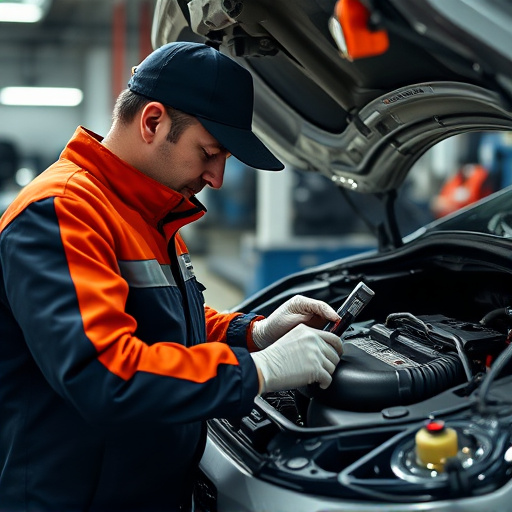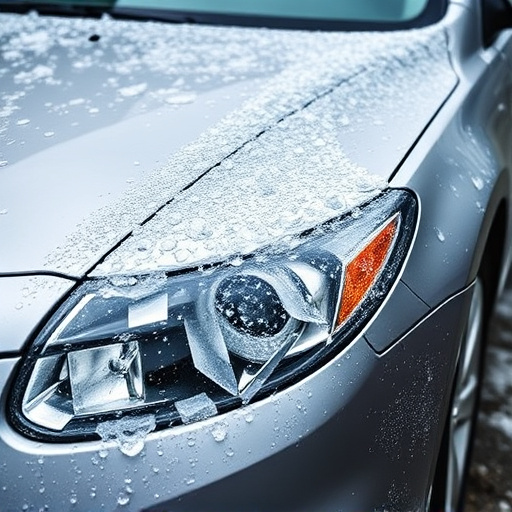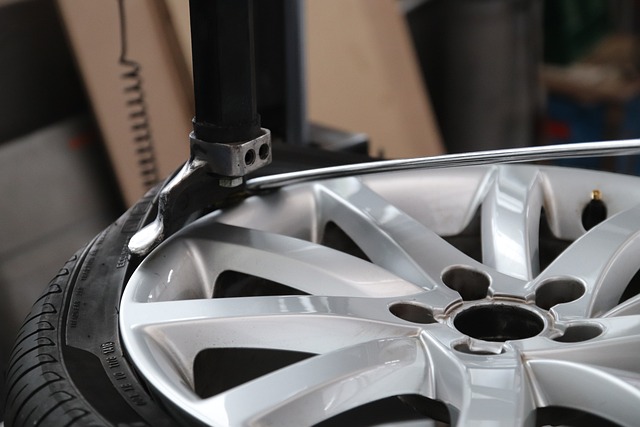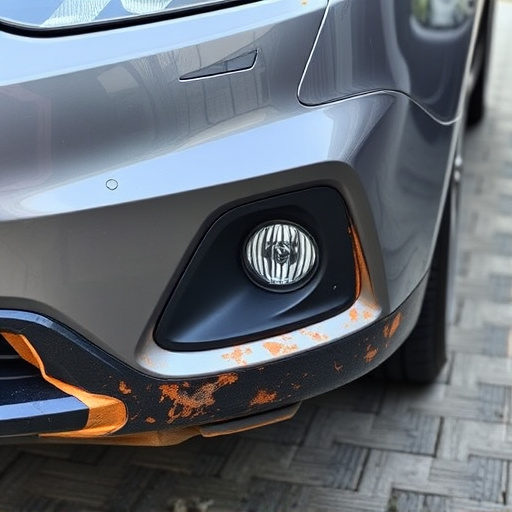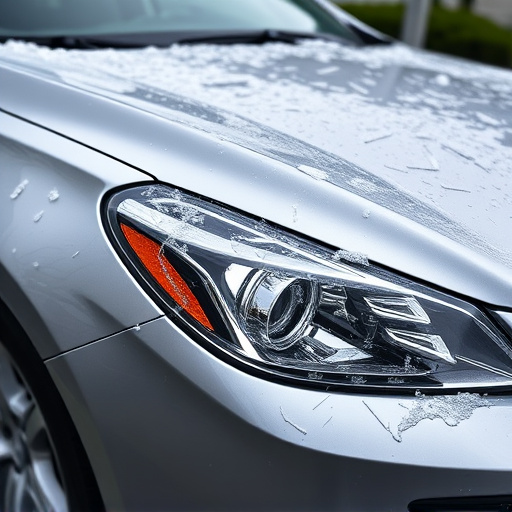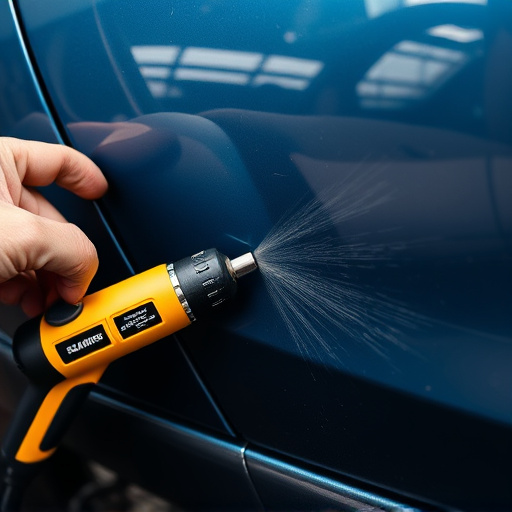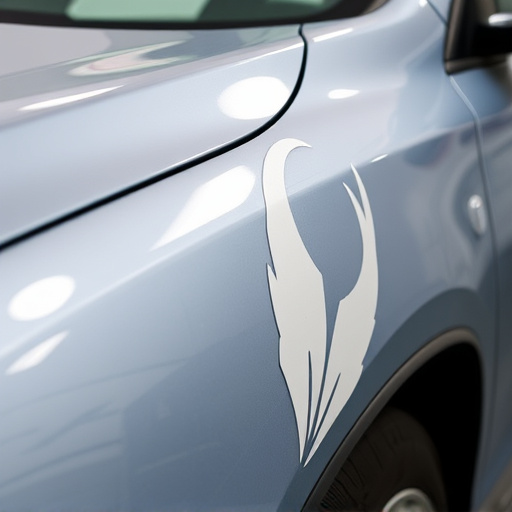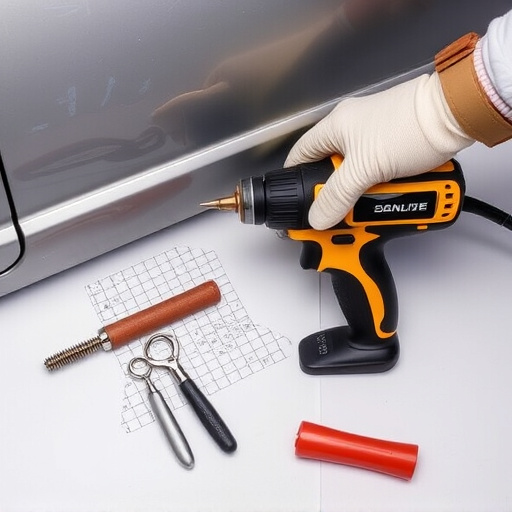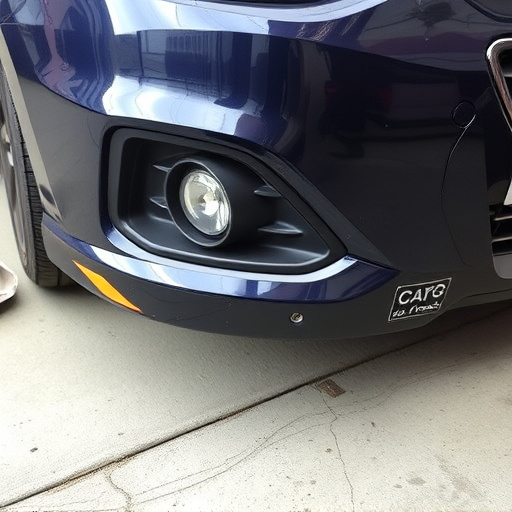The Tesla airbag system requires regular maintenance and careful repair due to its critical role in passenger safety. A comprehensive guide outlines steps for professionals and owners, including safe containment, part identification, disassembly, replacement from authorized dealers, reassembly, calibration, and thorough testing. Post-service rechecks are vital after repairs or minor incidents to ensure optimal airbag functionality and prevent safety risks.
“Tesla’s cutting-edge airbag system, a cornerstone of its safety technology, requires periodic maintenance for optimal performance. This article guides you through the essentials of Tesla airbag system repair and post-service recheck. We’ll break down the intricate components that ensure your safety on the road and provide a step-by-step approach to repairs. Additionally, learn why a post-service recheck is crucial in maintaining the integrity of your vehicle’s airbag system.”
- Understanding Tesla's Airbag System and Its Components
- Step-by-Step Guide to Airbag System Repair
- Post-Service Recheck: Ensuring Optimal Safety Performance
Understanding Tesla's Airbag System and Its Components

The Tesla airbag system is a complex network designed to protect occupants during a collision. Central to this system are sensors that detect rapid deceleration and deploy airbags in mere milliseconds, providing a crucial layer of safety. Each component plays a vital role, from the airbags themselves, which inflate to cushion impact, to the inflation mechanisms and sensors that trigger their deployment. Understanding these intricate details is key when addressing Tesla airbag system repair, as even minor issues can compromise safety.
Regular maintenance and post-service system rechecks are essential to ensure optimal performance. Similar to other luxury vehicle brands like Mercedes Benz collision repair experts, Tesla owners should prioritize routine checks for airbags and other safety systems. Just as a scratch repair or dent repair on a car’s exterior might affect its aesthetic appeal, an airbag system malfunction could have serious implications for driver and passenger safety.
Step-by-Step Guide to Airbag System Repair

Airbag system repair on a Tesla involves a meticulous process that requires precision and expertise. It’s crucial to approach this task with care, as airbag deployment can be life-saving. Here’s a step-by-step guide for professionals and dedicated car owners:
1. Safety First: Begin by ensuring the vehicle is safely secured and all power sources are turned off. Protect yourself with appropriate gear, including gloves and safety goggles. This step is paramount in preventing any accidents during the repair process.
2. Identify the Issue: Carefully examine the airbag system for defects or damages using specialized tools. Check sensors, inflators, and fabric for wear and tear. The Tesla’s advanced diagnostic tools can aid in pinpointing the problem area, whether it’s a faulty sensor causing delayed deployment or an inflator that needs replacement.
3. Disassemble with Care: Carefully disassemble the affected component of the vehicle bodywork. This might involve removing panels, airbags, and surrounding components to access the faulty part. Take note of how each piece is attached for easy reassembly later.
4. Repair or Replace: If it’s a minor issue like a car dent removal, simple fixes may be possible. For more complex problems, such as damaged inflators or sensors, replacement parts should be sourced from authorized Tesla dealers. Ensure compatibility and proper installation.
5. Reassemble and Calibrate: Once repairs are made or replacement parts installed, carefully reassemble the vehicle bodywork, ensuring all components are securely fastened. Calibration is a critical step in post-service system recheck to guarantee optimal performance of the airbag system.
6. Test and Verify: After reassembly, conduct thorough tests to verify the functionality of the airbag system. Use diagnostic tools to check for any errors or malfunctions. This step ensures the vehicle’s safety and prepares it for road testing.
Post-Service Recheck: Ensuring Optimal Safety Performance

After a Tesla airbag system repair, it’s paramount to conduct a thorough post-service recheck to ensure optimal safety performance. This involves rigorous testing of each component to guarantee that every airbag is fully functional and ready to protect occupants in the event of an accident. Skilled technicians will inspect for any signs of damage, check the inflation mechanisms, and verify proper deployment sequences—a critical step that prevents potential safety risks.
A post-service recheck goes beyond just checking boxes; it’s a commitment to maintaining the highest standards of vehicle safety. This meticulous process is especially crucial following repairs from car repair services or minor fender benders, ensuring that auto body repairs don’t compromise the integrity of the airbag system. By taking this step, Tesla owners can have peace of mind knowing their vehicles are ready to respond effectively in any situation.
In conclusion, understanding and maintaining Tesla’s intricate airbag system is paramount for ensuring optimal safety performance. Following a thorough repair process, as outlined in this article, it’s essential to conduct a post-service recheck. This final step guarantees that all components function seamlessly, providing peace of mind for both vehicle owners and drivers alike. Remember, when it comes to Tesla airbag system repair, proper execution and follow-up checks are key to preserving the highest levels of safety and reliability.





